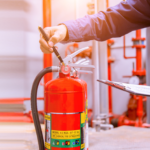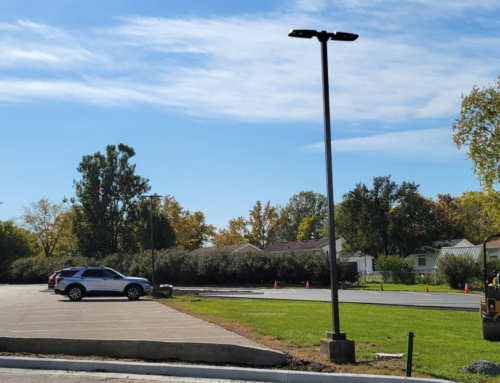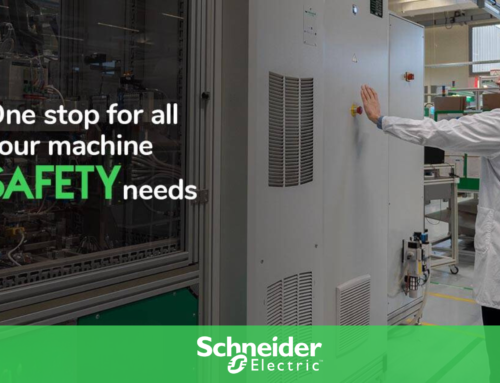Hazard Recognition in the Workplace

Creating a safe and healthy work environment is paramount for the well-being of employees and the overall success of any organization. One crucial aspect of maintaining workplace safety is hazard recognition. The ability to identify potential hazards and take appropriate preventive measures is essential for preventing accidents, injuries, and illnesses. In this blog post, we will explore the importance of hazard recognition in the workplace and provide practical tips on how to effectively identify and mitigate workplace hazards.
Understanding Hazards:
Before delving into hazard recognition, it is important to understand what constitutes a hazard. Hazards can be physical, chemical, biological, or ergonomic in nature. They can arise from the use of machinery, hazardous substances, poor ergonomics, insufficient training, inadequate safety procedures, or even from environmental factors. Identifying these hazards is crucial for maintaining a safe working environment.
The Importance of Hazard Recognition:
Hazard recognition is a proactive approach to workplace safety. By recognizing potential hazards before they cause harm, organizations can prevent accidents, reduce injuries, and minimize financial losses. Moreover, prioritizing hazard recognition demonstrates a commitment to the well-being of employees, fostering a positive work culture and increasing employee morale and productivity.
Effective Hazard Recognition Techniques:
- Conduct Regular Safety Inspections: Regular workplace inspections allow for the identification of potential hazards. Inspections should be comprehensive, covering all areas, equipment, and processes. Encourage employees to actively participate in inspections, as they often have valuable insights and observations.
- Involve Employees: Employees are the eyes and ears of the organization. Encourage them to report any potential hazards they encounter, no matter how minor. Establish a reporting system that makes it easy and anonymous for employees to communicate their concerns.
- Provide Training: Educate employees about hazard recognition techniques and the importance of reporting potential hazards. Training should cover different types of hazards specific to their roles and how to handle them. Equip employees with the knowledge and skills to identify hazards in real-time.
- Stay Informed: Stay up-to-date with relevant industry standards, regulations, and best practices. Regularly review safety data sheets, incident reports, and other relevant information sources. This will help identify emerging hazards and ensure compliance with safety guidelines.
- Encourage a Safety Mindset: Foster a safety culture where employees feel comfortable discussing safety concerns openly. Encourage them to share their ideas for improving safety measures and reward proactive safety behavior.
- Conduct Job Hazard Analysis: Perform a thorough analysis of each job role to identify potential hazards and assess associated risks. This analysis can help tailor safety measures and training programs to specific job functions.
- Utilize Technology: Leverage technology to aid in hazard recognition. Implement sensor systems, video monitoring, and other technologies that can provide real-time feedback and identify potential hazards that may go unnoticed.
Hazard recognition is a crucial aspect of maintaining workplace safety and preventing accidents and injuries. By actively engaging employees, conducting regular inspections, providing training, and staying informed, organizations can create a safe and healthy work environment. Prioritizing hazard recognition not only protects employees but also enhances productivity, morale, and the overall success of the organization. Remember, a proactive approach to hazard recognition is the key to ensuring a safe and healthy workplace for all.









